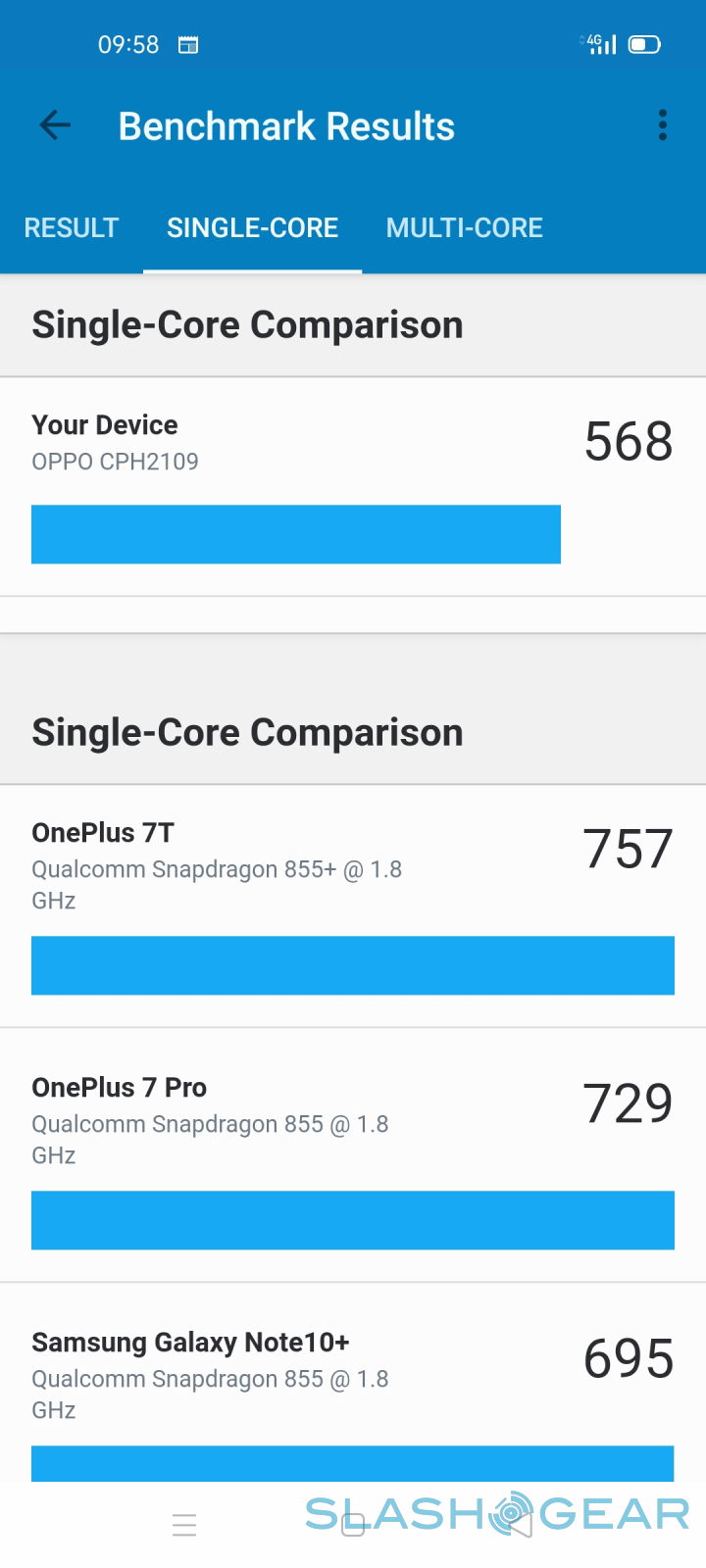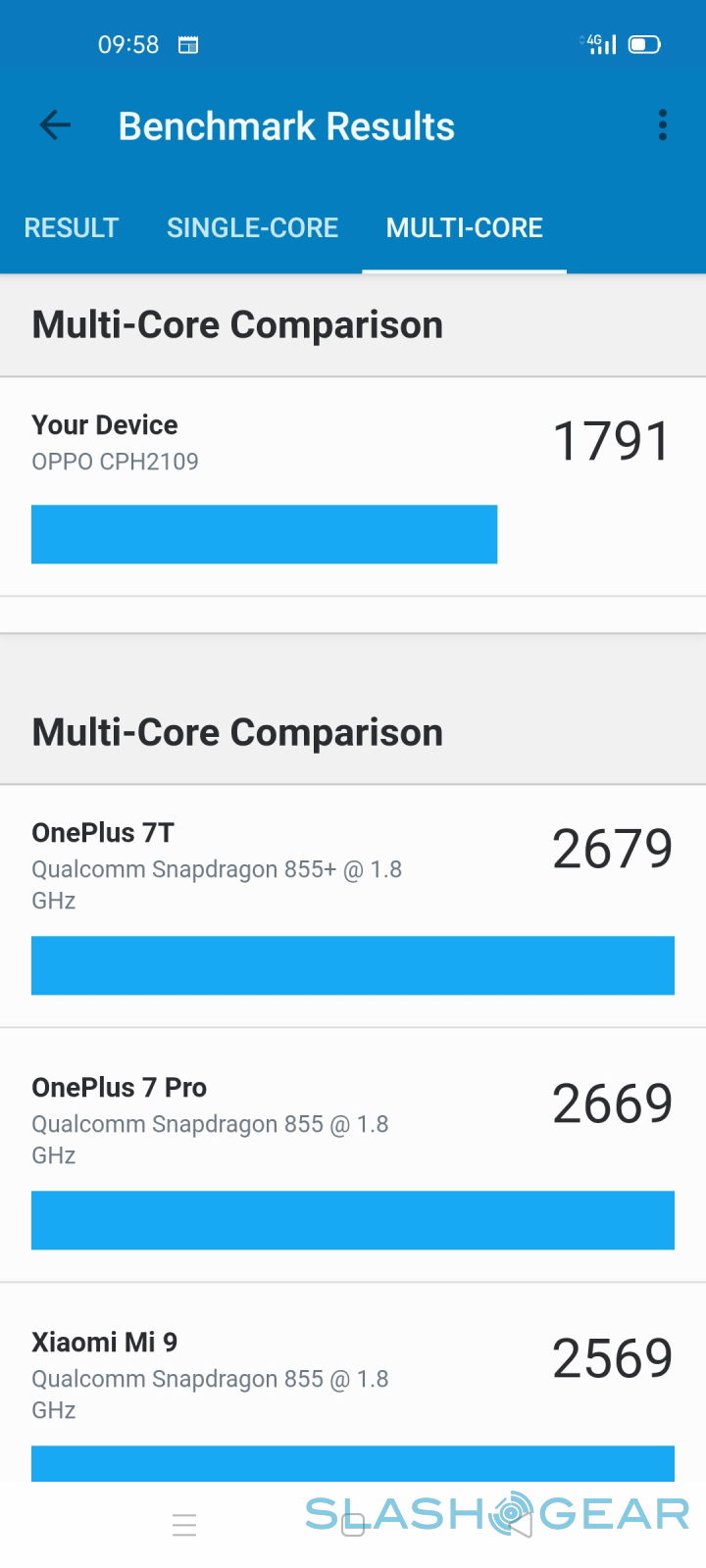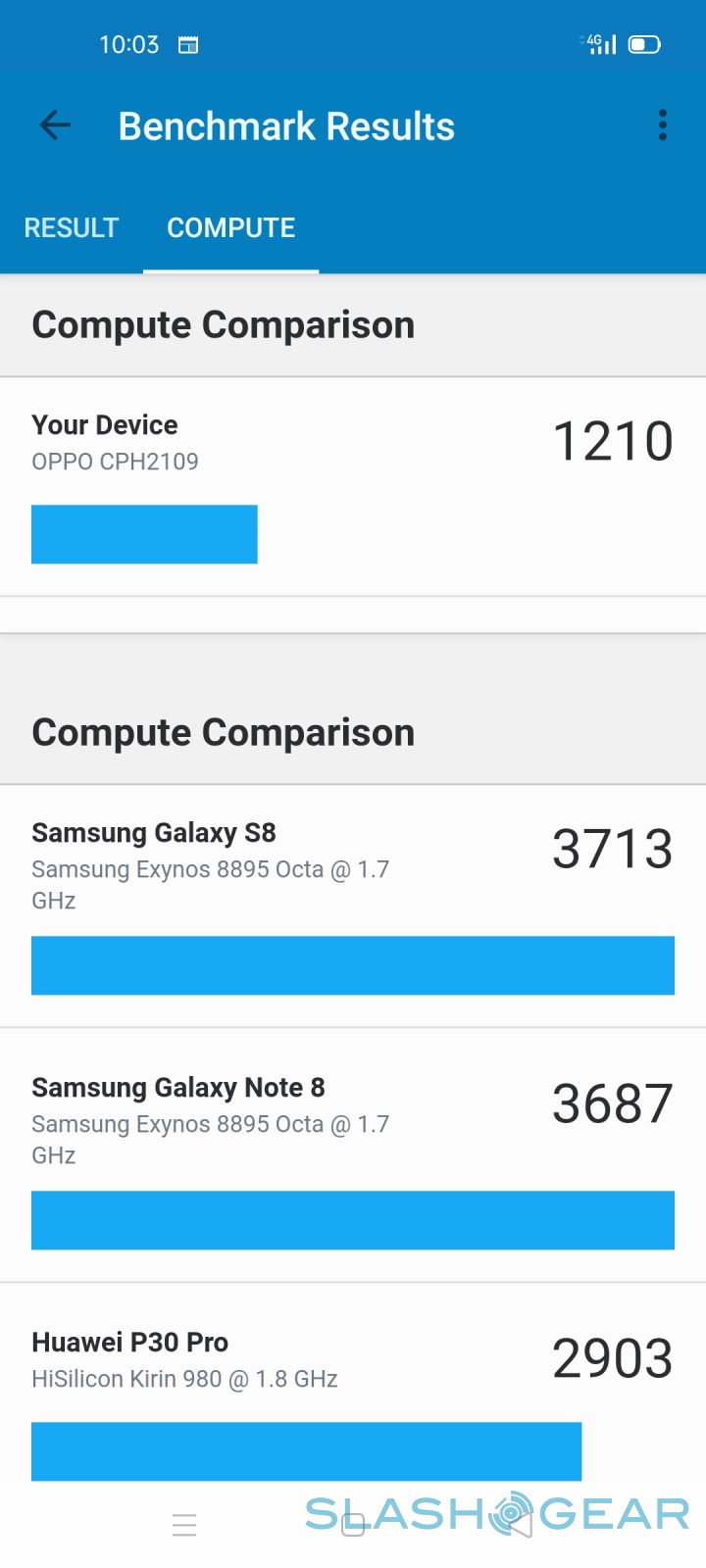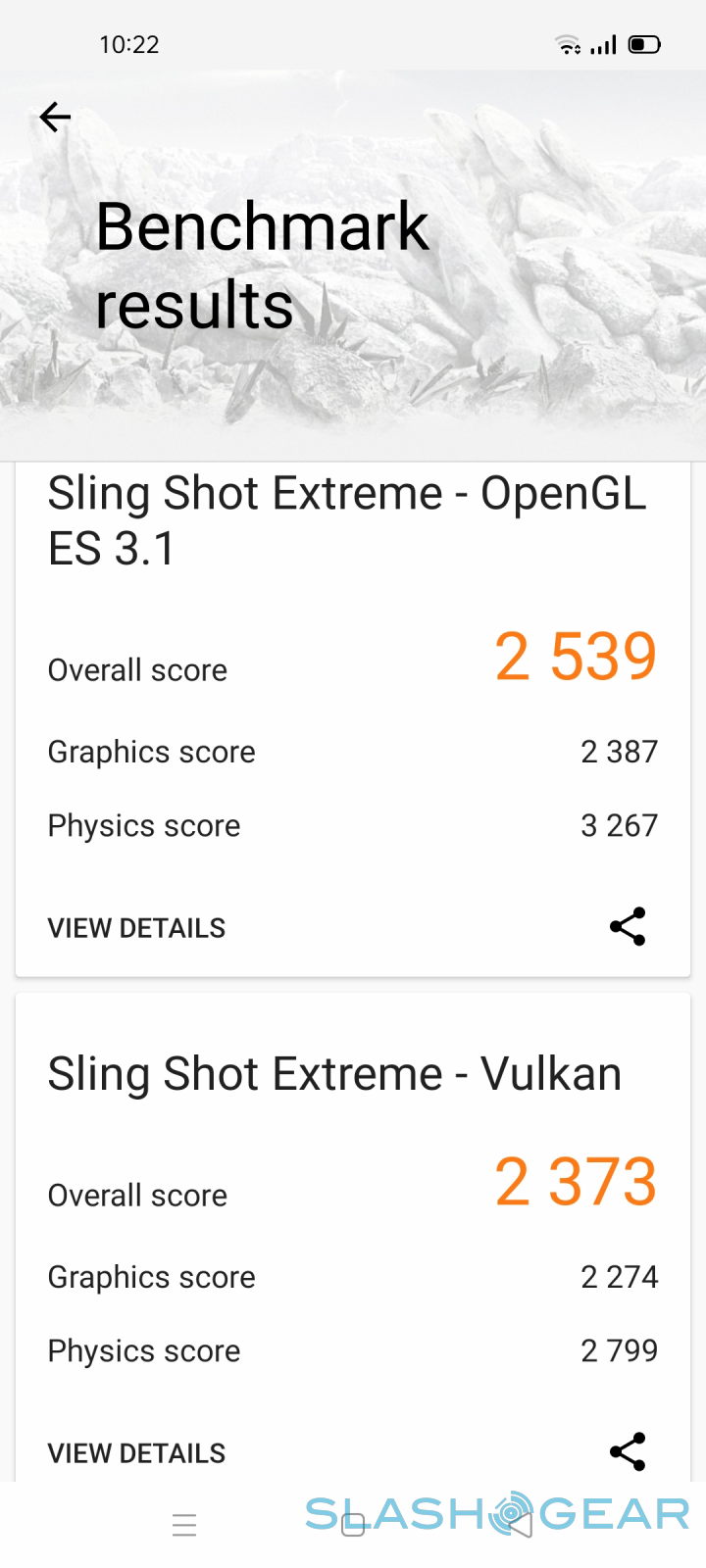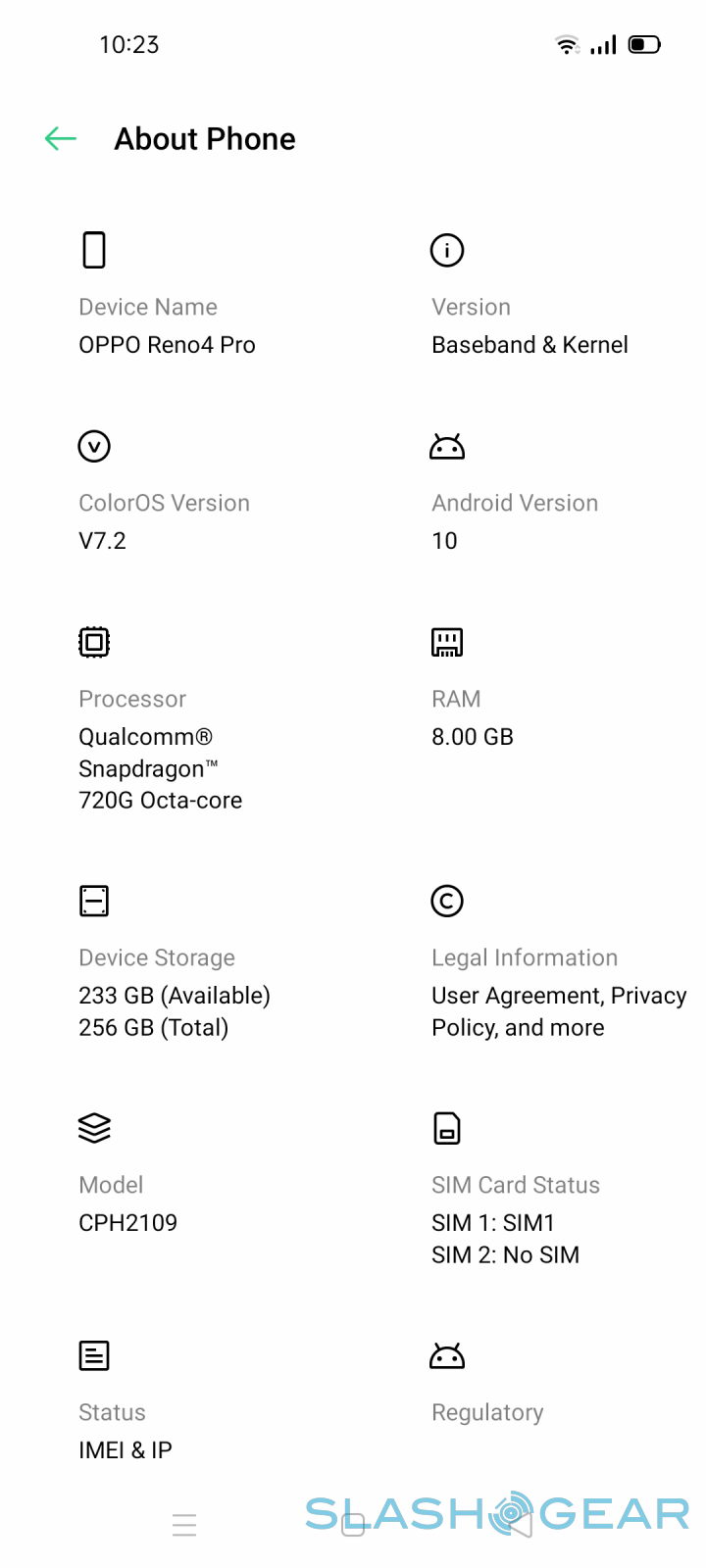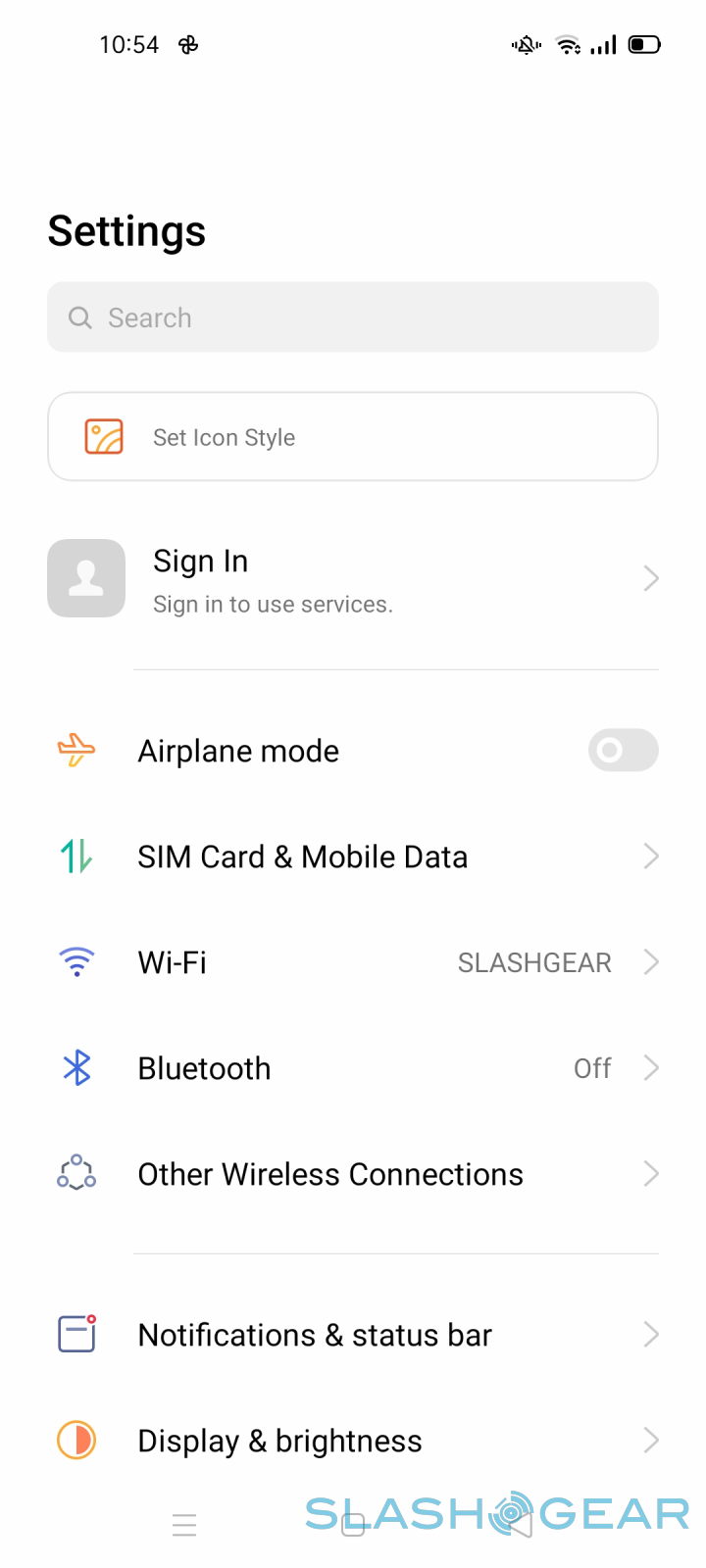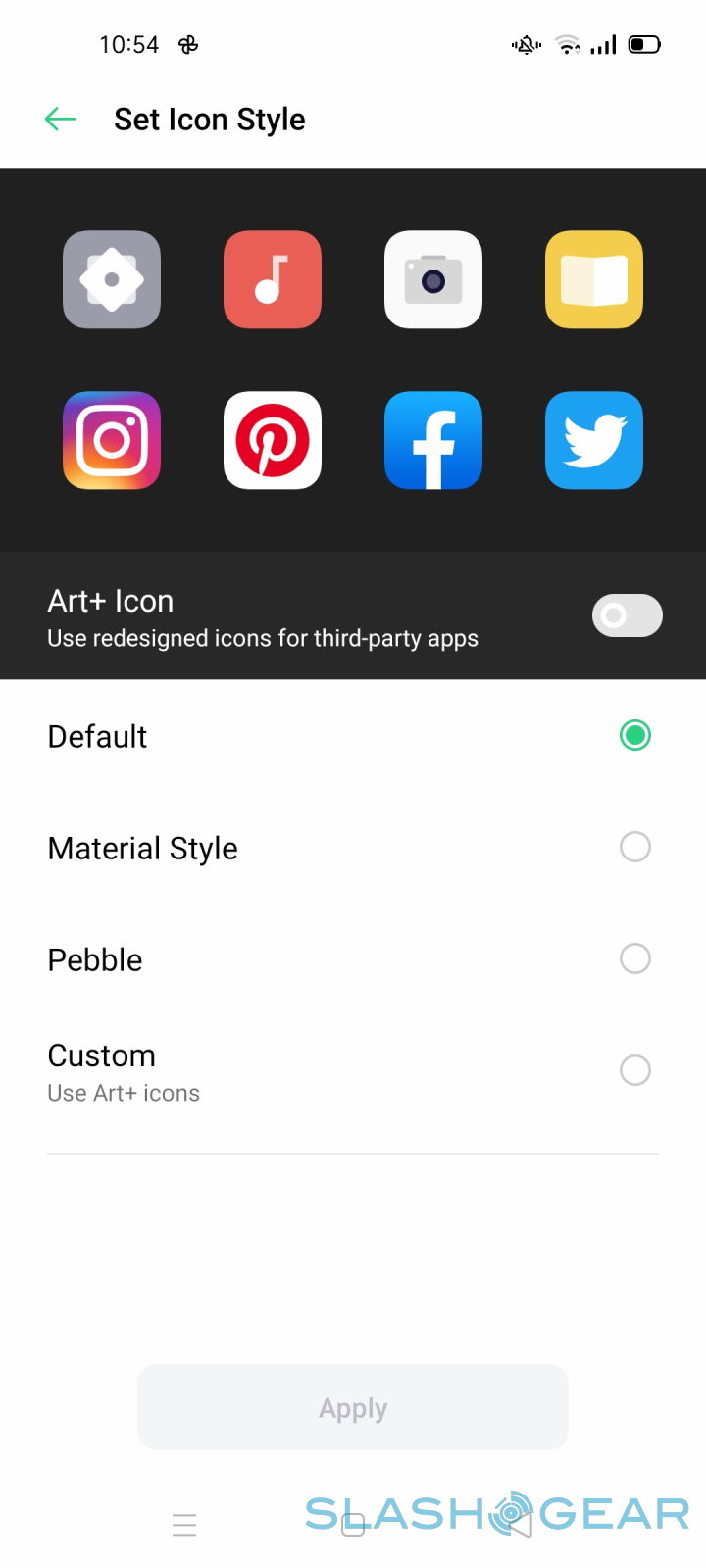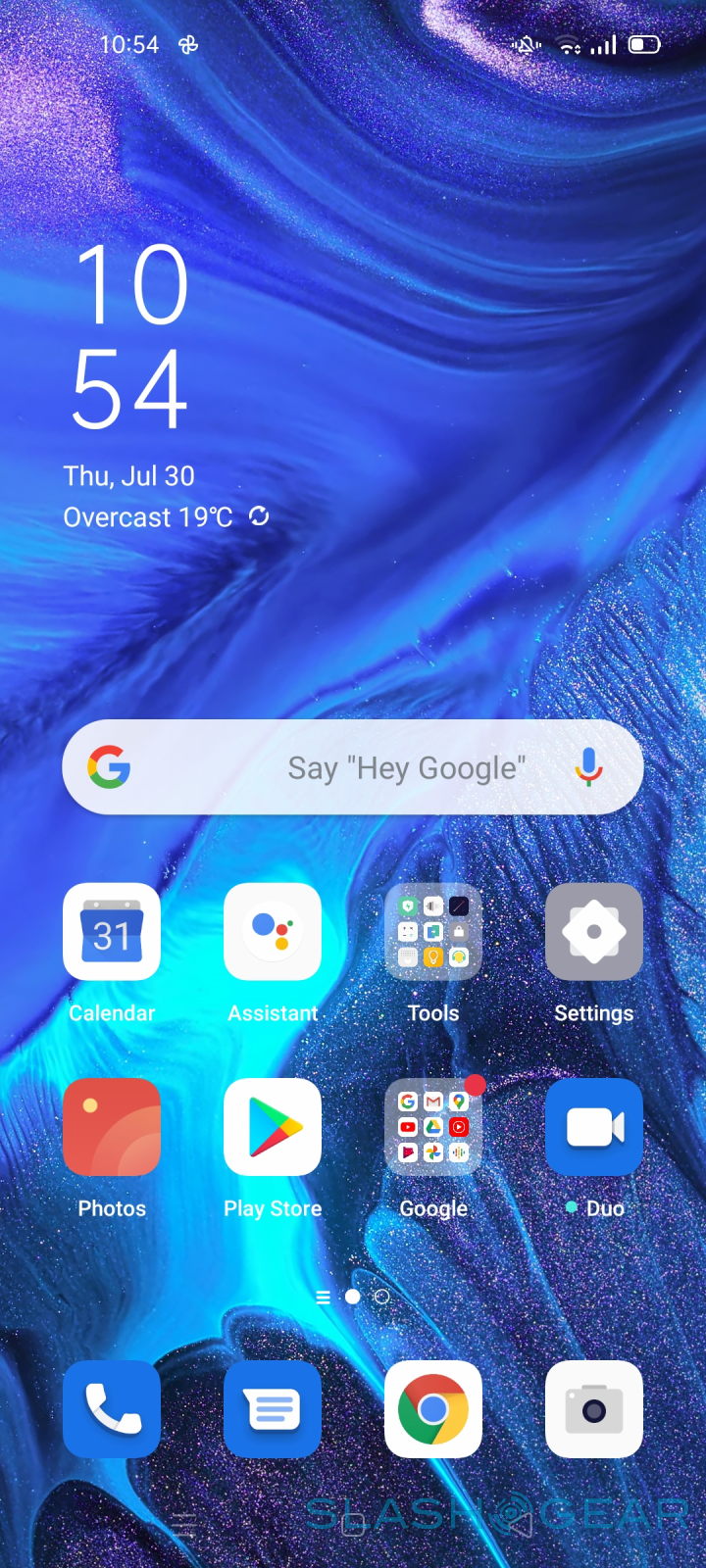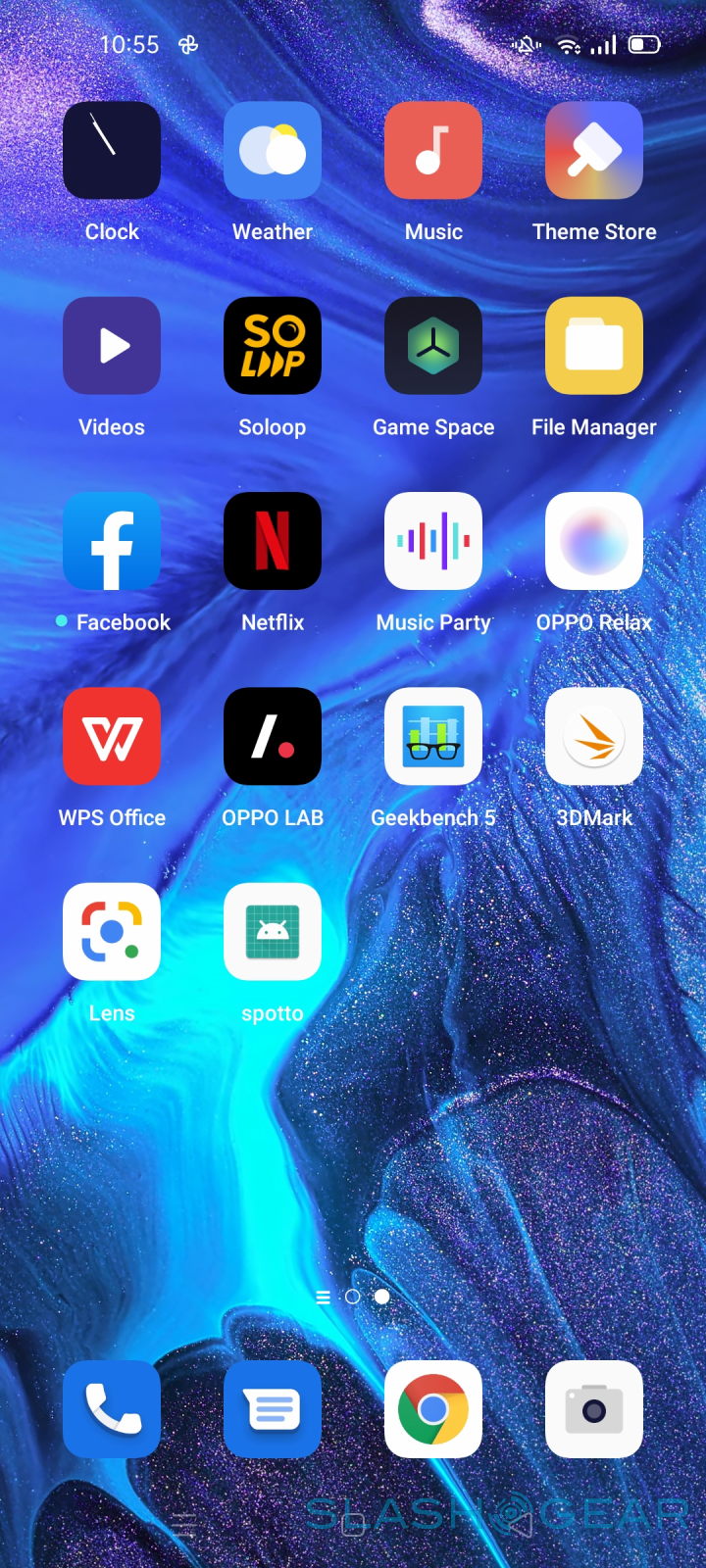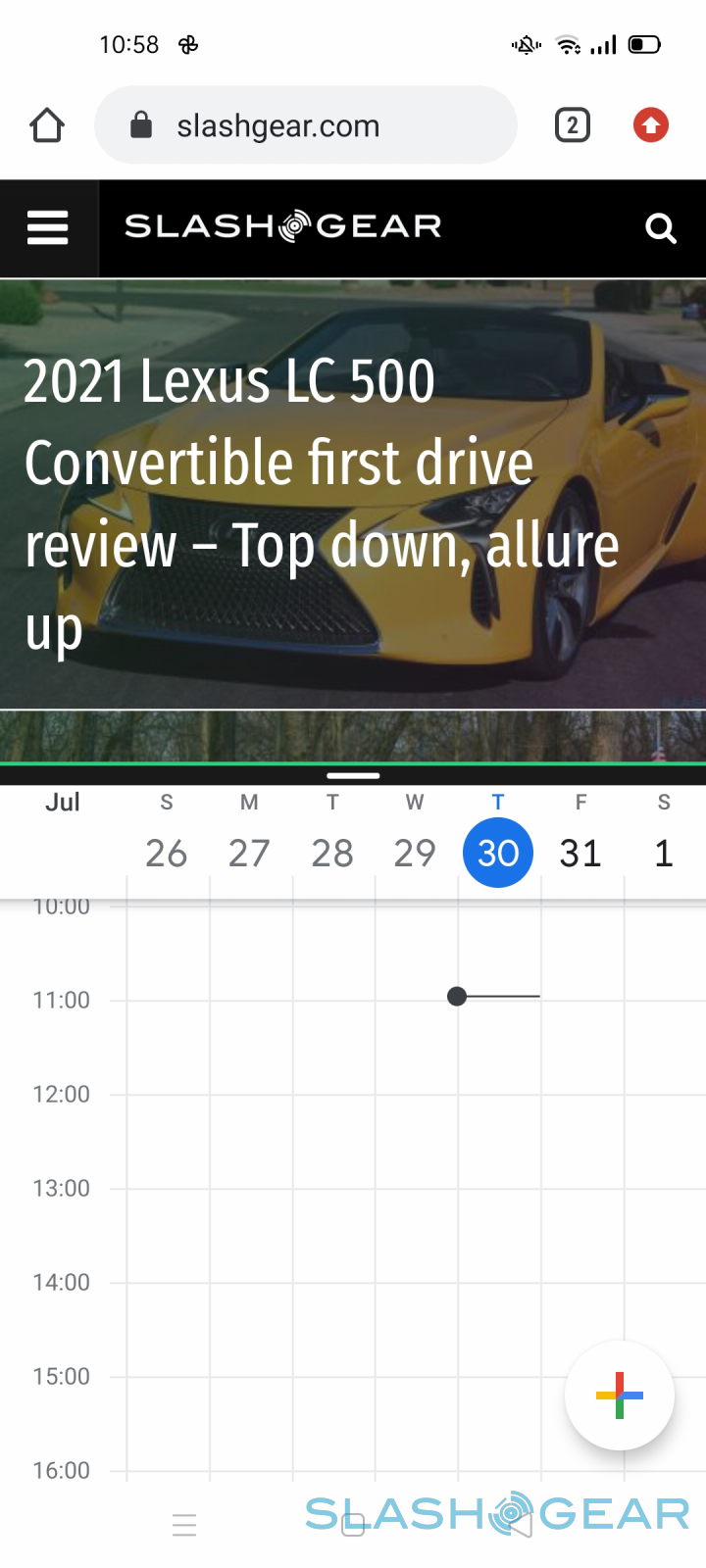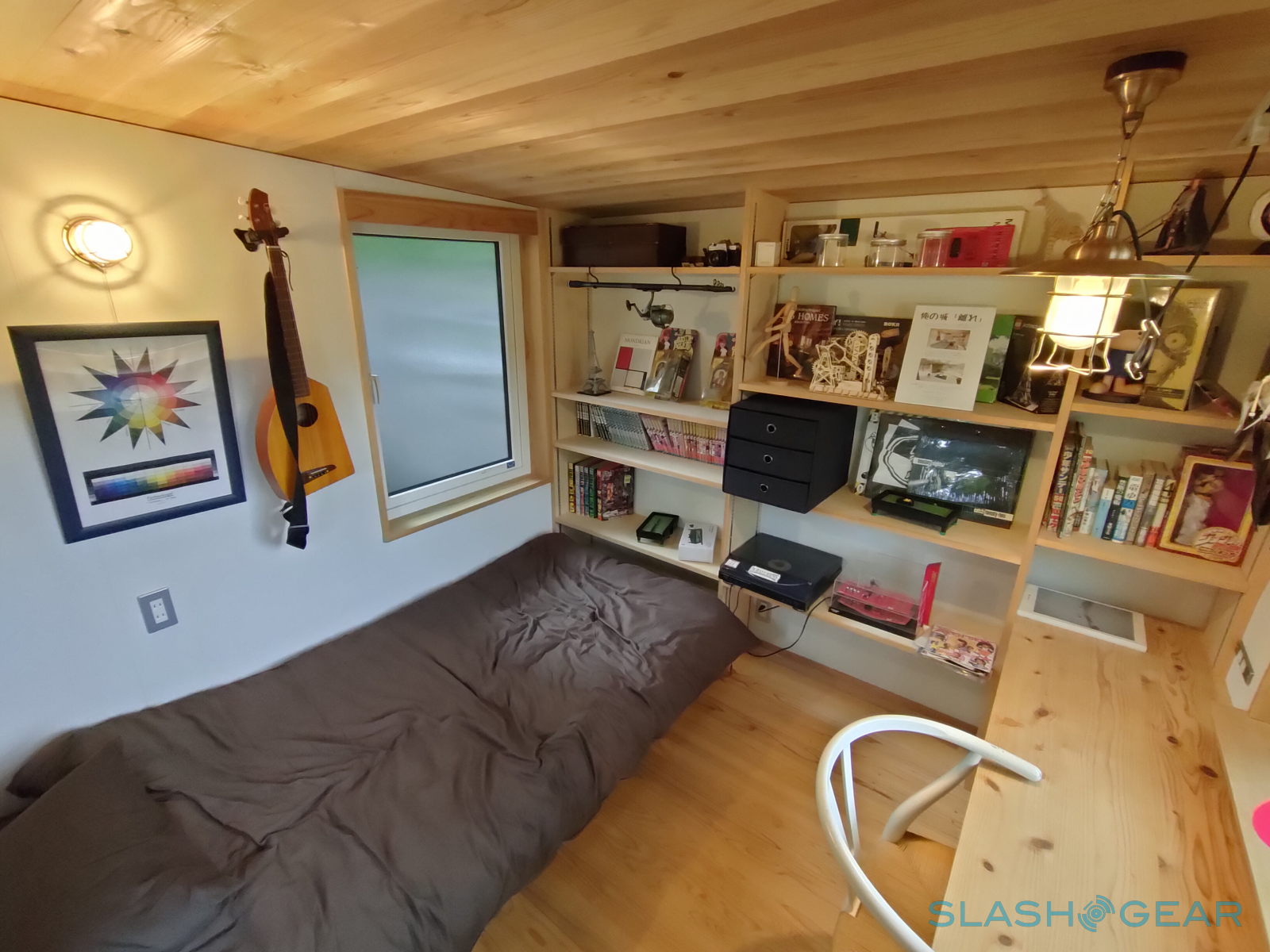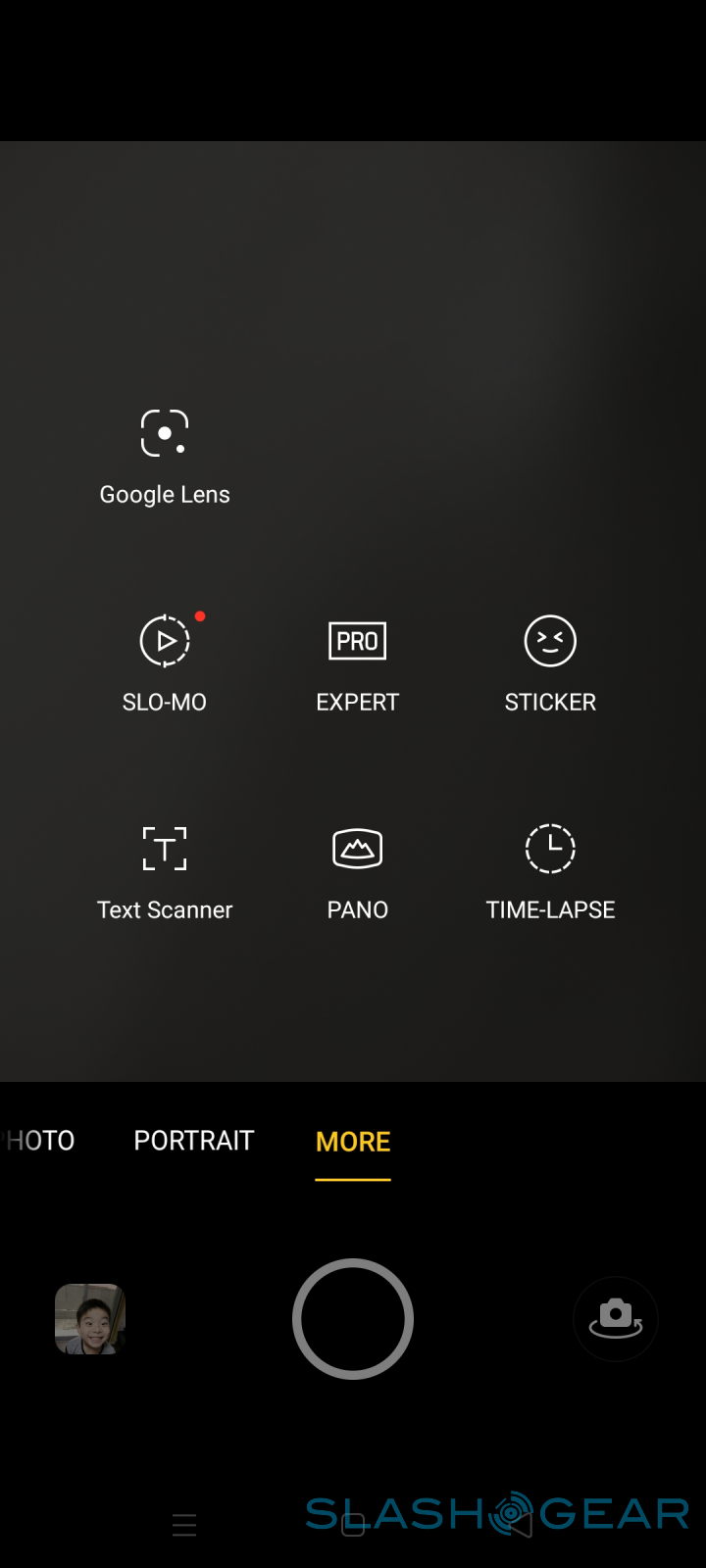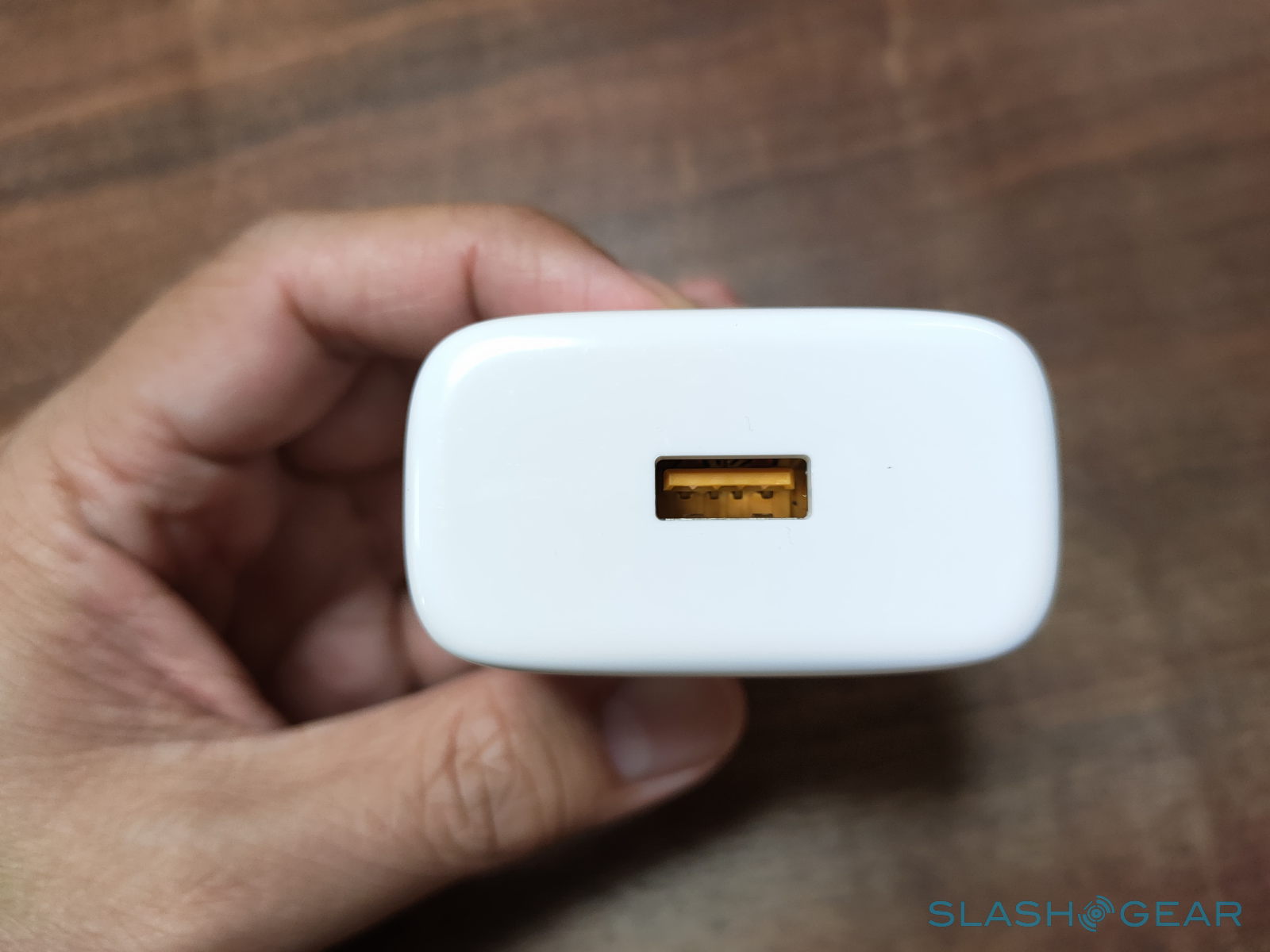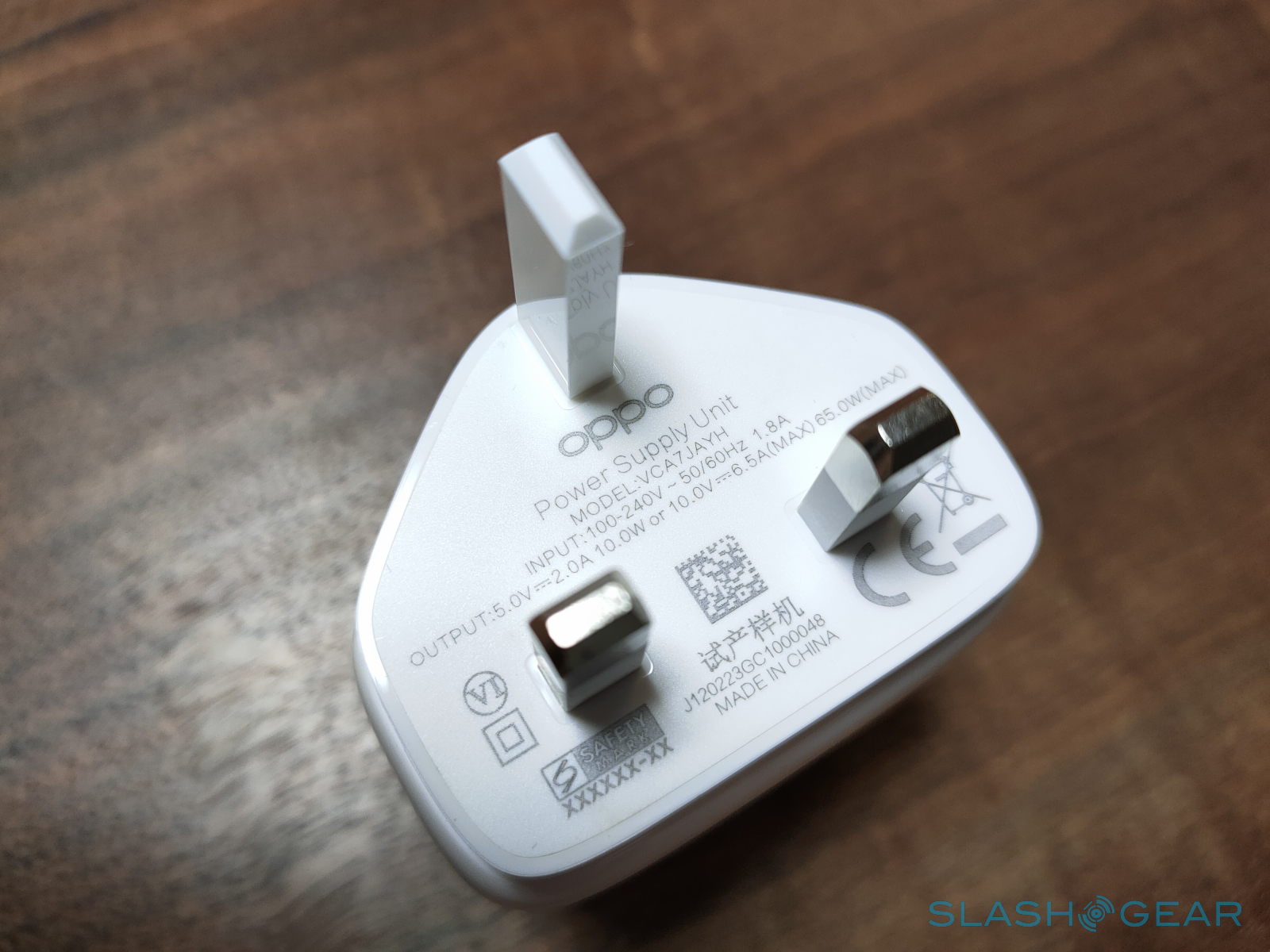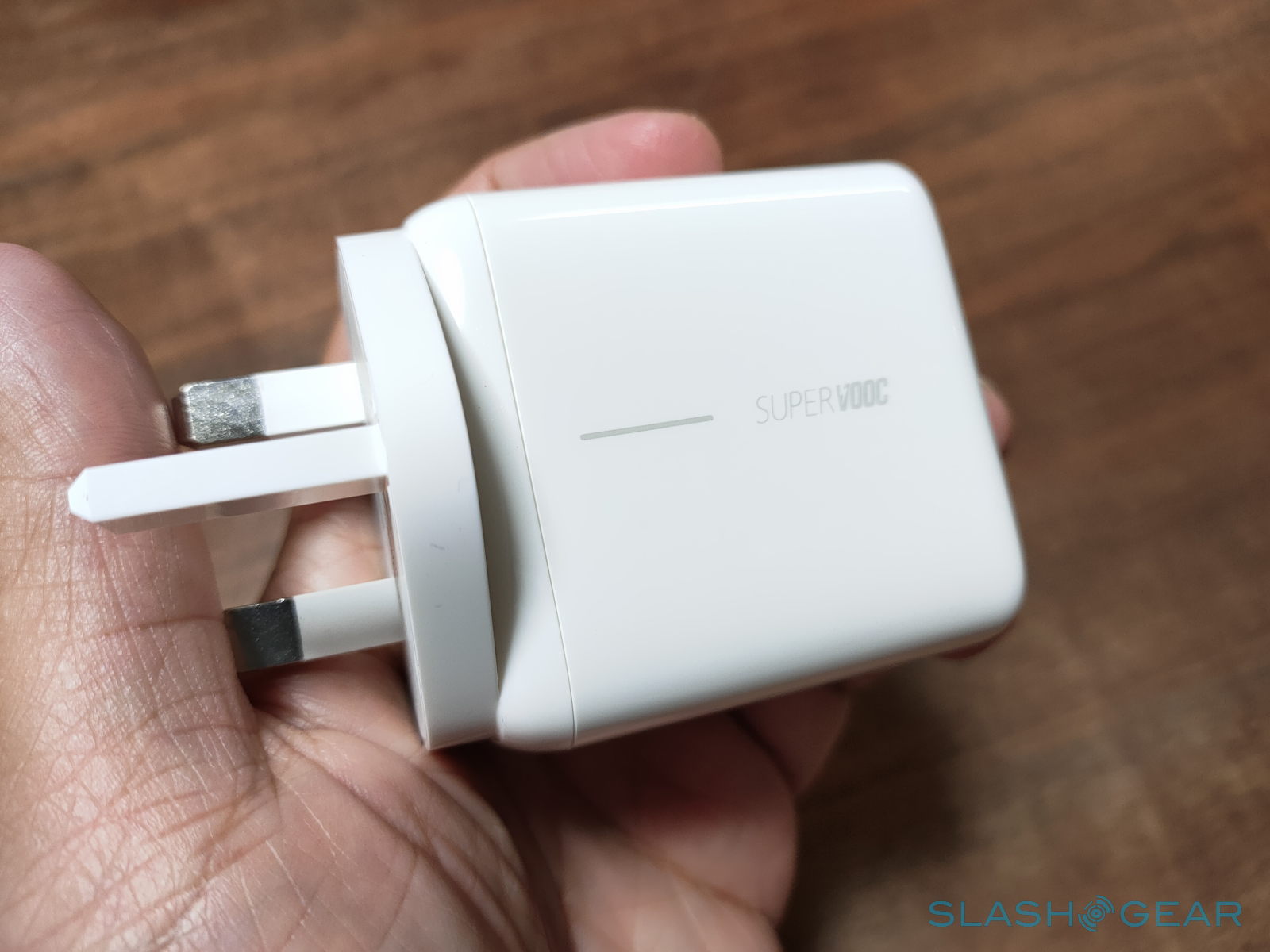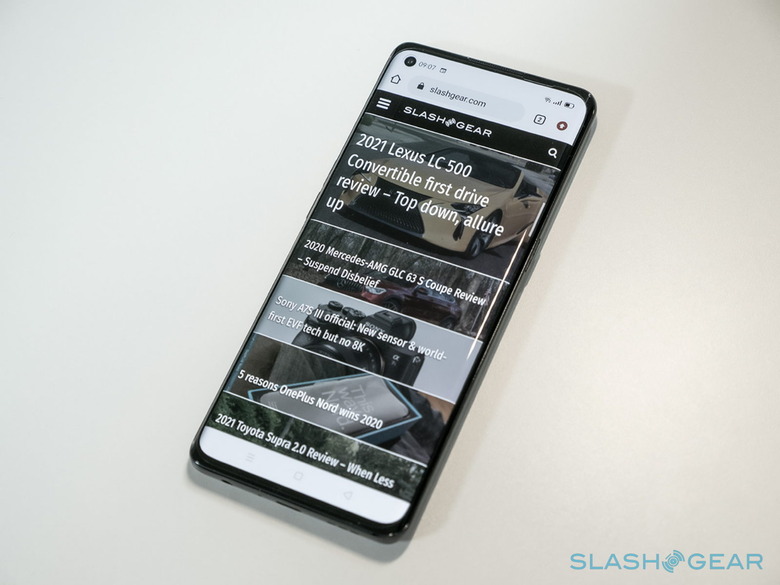OPPO Reno 4 Pro Review - Killer Charging
- Good mid-range performance
- Textured glass for a confident hold and fewer fingerprints
- Extremely fast charging
- Decent but unimpressive camera output
- Not 5G-ready
- Doesn't easily stand out in the market
The availability of components like Qualcomm's Snapdragon 700 series and Sony's IMX586 has become a double-edged sword for phone makers. On the one hand, these have made often high-end functionality available on mid-range phones. On the other hand, the sudden explosion of these mid-range phones has also made it harder for devices to differentiate. Often it takes some design gimmick or marketing stunt to stand out from one another but the OPPO Reno 4 Pro goes beyond the surface to deliver something more substantial. But is it enough to truly rise above the rest? We take a deep drive to find out.
Look and Feel
The OPPO Reno 4 Pro definitely stands out at least from its backside. We are in an age of glass, where admittedly stronger glass has graced the rears of our phones, often at the expense of getting a firm grip. We're seeing a new trend rise, however, that is making ingenious use of materials and manufacturing processes to make glass feel less like glass.
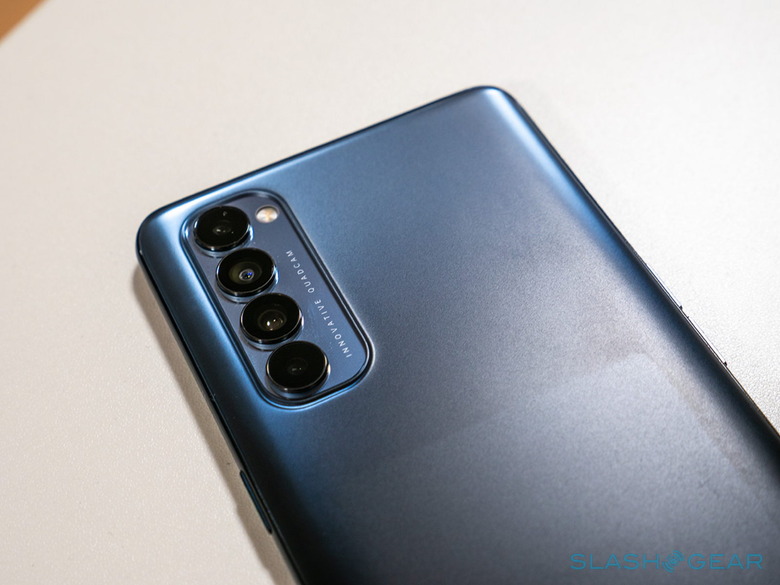
That's where the Reno 4 Pro's anti-glare matte finish comes in, providing a visual and tactile difference from most phones, including premium flagships. It makes the back less of a fingerprint magnet than your usual glass back. It also makes the back look and feel less slippery, giving it a different personality and affording a more confident grip.
You'll definitely want that confidence, given how the phone's own design might work against it. At 7.7 mm thin and 161 grams light, it could evoke both a sense of luxury and a feeling of fragility. The screen, which curves to the side to meet the similarly curved back, adds to that feeling of thinness that OPPO is clearly proud of.
The Power Within
Despite the looks, the OPPO Reno 4 Pro is clearly earmarked for a market that isn't driven by benchmarks and extreme use cases. That's not to downplay the phone's capabilities, just that prospective buyers should keep their expectations realistic. With a Snapdragon 720G at the helm, the phone isn't going anywhere near the current 700 series champ, the Snapdragon 765G. Together with 8GB of RAM, though, the Reno 4 Pro does get the job done with minimum fuss and not much lag. There is no 5G, of course, which may make sense for a market like India but doesn't offer a future-proof path for consumers. Then again, that's what the 5G model is for.
Despite the chipset, OPPO is clearly targeting a specific audience that values smooth videos and fluid graphics. The phone's 6.5-inch E3 SuperAMOLED screen boasts of a 90Hz refresh rate and a 180Hz touch sampling rate, numbers that mobile gamers will surely appreciate. The 2400x1080 resolution is good enough for most streaming services and videos while the tall 20:9 aspect ratio leaves plenty of room for two apps side by side. Just remember that you're working with a lower resolution, which means less room for pixels and content.
Part of a phone's performance comes from its hardware but an important part of the end-user experience is formed by the software running on it. In this particular case, that comes via OPPO's ColorOS version 7.2 based on Android 10. The overall UI felt smooth and responsive despite the mid-range specs. Make no mistake, though, there is still plenty of pre-installed apps alongside Google's apps but OPPO's custom experience is thankfully inching ever so closer to a vanilla Android experience each release.
Three's a Crowd
The OPPO Reno 4 Pro has four cameras on its back but, let's be clear, you only really use three of them directly. The fourth 2 megapixel "mono" camera is mostly there for depth perception and additional data and isn't responsible for the monochrome special effects the cameras are capable of. Your main camera is that 48 megapixel Sony IMX586 that, thanks to pixel-binning, produces 12 megapixel photos with more detail than a normal 12 megapixel sensor. Alongside it is an 8 megapixel ultra-wide-angle shooter and a 2 megapixel macro cameras.
All in all, the OPPO Reno 4 Pro produces decent photos with accurate details but rather saturated colors. As typical with phones from this side of the globe, manufacturers prefer to err on the side of making things pop out rather than being 100% accurate to real life. The phone's widest angle isn't exactly that wide either, which is rather disappointing given the competition.
OPPO barely talks about zoom as the phone doesn't have a dedicated telephoto lens. This absence becomes painfully evident at anything higher than 2x zoom when noise and artifacts become evident.
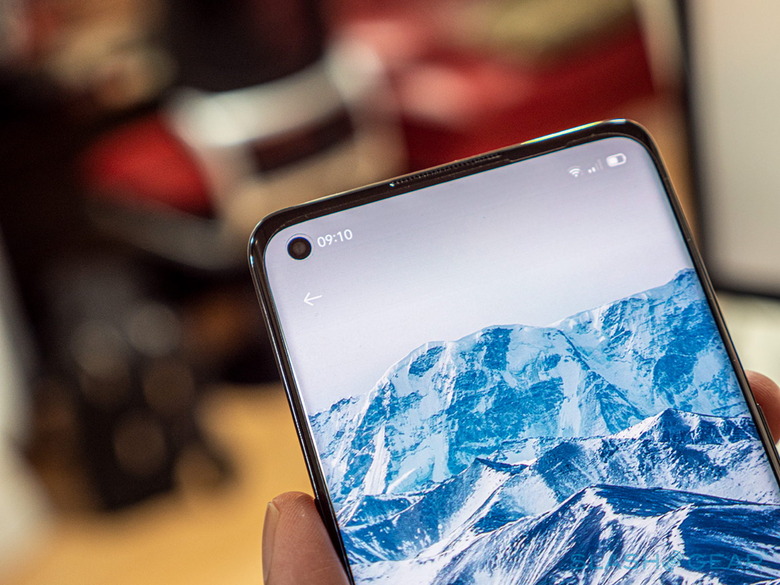
Portrait mode, a.k.a. bokeh simulation, is quite good, with accurate separation of foreground subject and good blurring of the background. A word has to be said about the rather large 32 megapixel front camera, which is quite capable on its own. For better or worse, depending on your preferences, OPPO's camera software applies rather strong beautification post-processing that makes selfies look creamy and pasty.
Killer Feature
Unlike many smartphones these days, the Reno 4 Pro's key strength isn't in its cameras and definitely not in its raw power. Its selling point, something that few of its rivals can even come close to, is its charging power. In contrast to talks about leaving out chargers from the boxes of upcoming smartphones, OPPO ships a 65W SuperVOOC 2.0 Flash Charge charger with the phone. That's actually critical because it is only with that charger that you can experience OPPO's promised 36-minute charging.
With a 4,000 mAh battery, which admittedly sounds almost mediocre these days, the Reno 4 Pro can go from zero to full in under 40 minutes, not exactly the 36 that OPPO advertises. Even then, it runs circles around the competition, at least until OPPO, Xiaomi, and Vivo launch their 100W charging technologies later this year.
That said, the Reno 4 Pro's charging is a killer feature in more than one sense of the word. There are some that are calling the company out over how this super-fast charging tech also degrades battery life super fast as well. Tests are still inconclusive, with OPPO presenting evidence to back up its claims and testing battery longevity is harder to do in labs, not to mention in real-world use. It might still be something that will sit at the back of users' minds for long-term investment though, truth be told, most people change phones long before their battery starts to degrade anyway.
Wrap-up
The OPPO Reno 4 Pro is clearly a capable phone that checks all the basics and meets most users' requirements. It is plenty strong and its cameras are good and the charging speed addresses one of the biggest pain points in mobile life. That, however, may not be enough for the phone to stand out in an increasing monoculture that is the mid-tier smartphone market. Especially with the recent announcement of the OnePlus Nord, OPPO banking on the phone's accessible price tag might no longer be enough to set it apart from the crowd.

